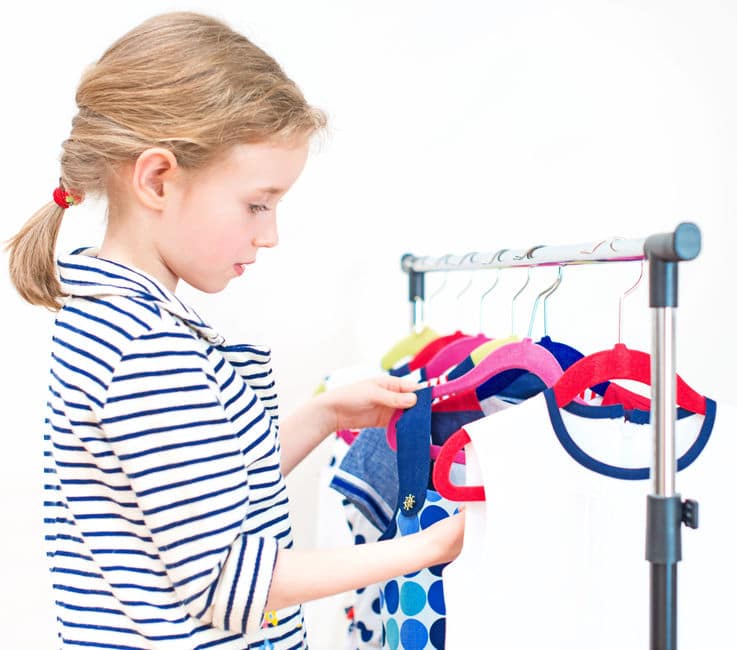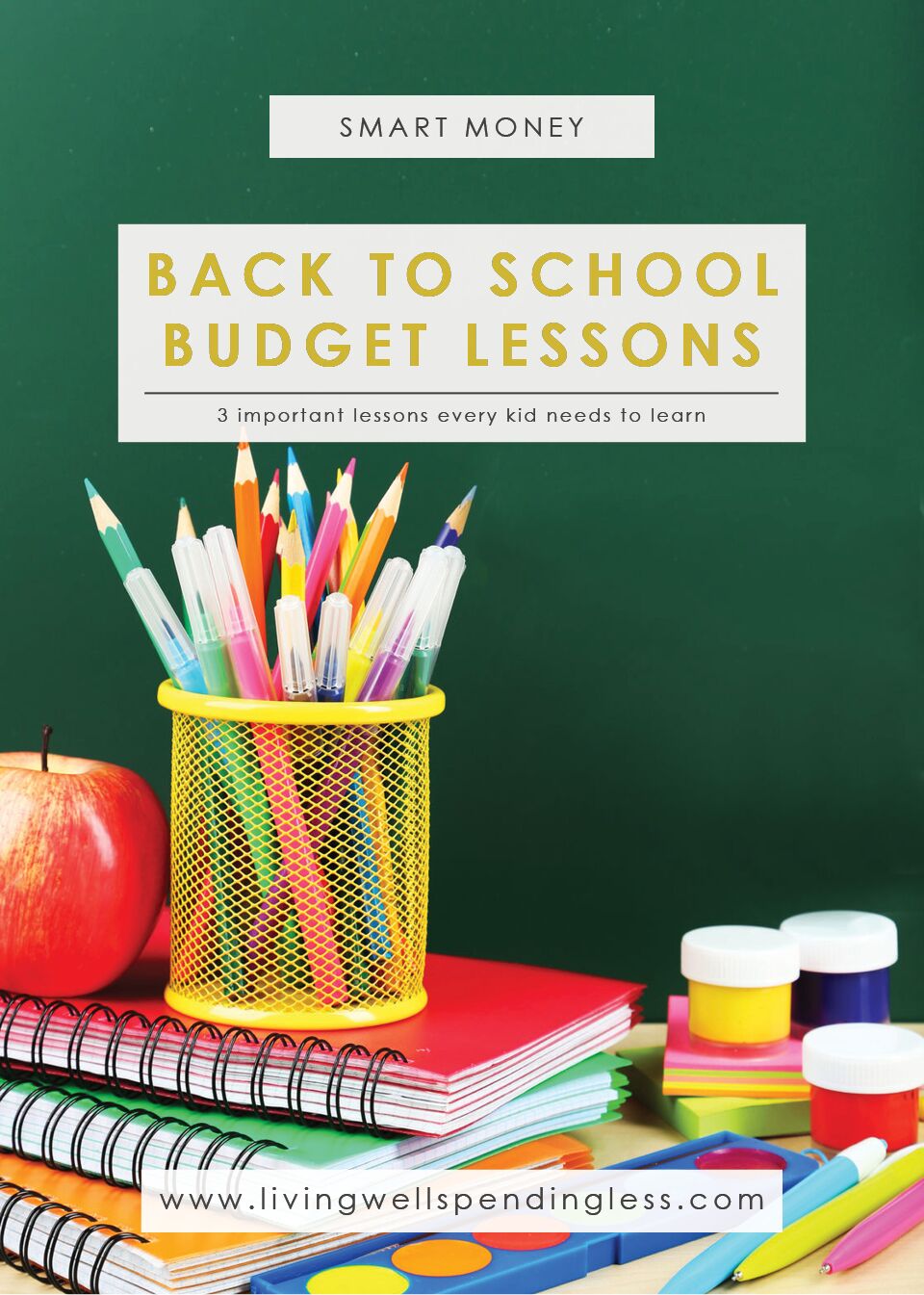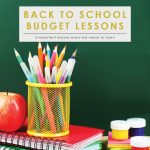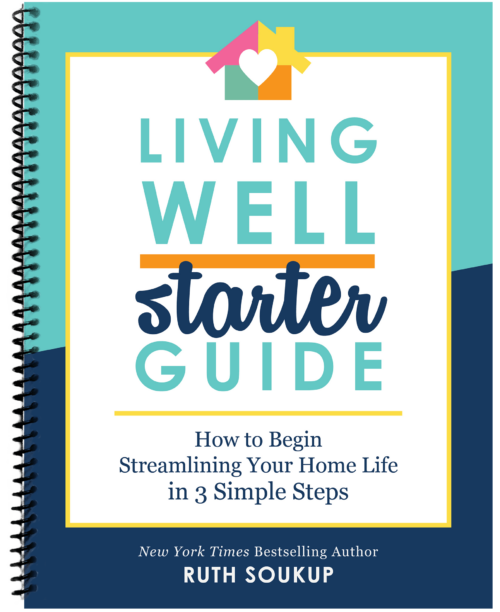I have so many dreams for my two daughters. I pray they find passions in life to set their hearts ablaze. I long for them to see the wonders of the world and adventure to far off lands. I hope for a solid education, filled with great works of literature and challenging academic rigor to expand their knowledge base. I wish for both to learn how to love from the center of who they are, spreading joy and compassion with words and actions. And while it might not seem as whimsical or world changing on the surface, I aspire for my girls to have a solid understanding of money – to live on less than they make, be content with what they’ve been given, and realize that finances can be a blessing, not a curse.
During our journey of paying off $127K in debt, it was important for us to share with our daughters, Anna and Zoe, where we were at financially. We wanted to them to know not just why we were changing our lifestyle but how they could be an active part of our journey. Passing on lessons about managing money is one of the most important callings of parenthood. As our children transfer their dependence upon us to independence upon their faith and skill set, they mature into the people they’re meant to be.
On paper, all of the above sounds so noble and like a high aim. But what does that really look like in day-to-day life, in between soccer practice and piano lessons? How early do you begin teaching your kids about money? What’s over their head? How much is too much? Do you sit down and deliver a weekly lecture? Or do you just toss them into the deep end of managing their own resources and hope for the best?
My passion to equip parents to effectively pass on a healthy financial heritage to their children spilled on to the pages of Slaying the Debt Dragon: How One Family Conquered Their Money Monster and Found an Inspired Happily Ever After. More than anything, I wanted to share the many lessons we had learned while paying off debt, from how to throw your kid a birthday party and celebrate Christmas to the tricky territory of feeling guilty when you can’t afford to purchase from fundraisers. Key among our strategies to instill money wisdom in our girls is the back to school season.
With an onslaught of supplies to purchase, books to buy, and a wardrobe upgrade to ensure no dress codes are broken, a new academic year can be a stress on anyone’s budget. However, it also provides one of the best opportunities for you to begin shaping your child’s view of personal finance. Here are three life lessons you can teach through helping your child budget at back to school time.

Needs Are Not the Same as Wants
The very best gift you could give your child is unconditional love. Instruction in what constitutes a need vs. a want comes in right behind that. Most of us recognize that it’s easy to exaggerate what we want, creating a false sense of need. Since most schools provide a list of exact supplies, it’s easy to compare and contrast in the aisles what we need and what we want.
Don’t get me wrong, it’s ok to have wants. It’s ok to save for special purchases or long-term goals. But during the back to school shopping season, you can help your child begin process what it truly means to need something. One of the very best ways to introduce this idea is by taking an inventory of what you already have before you head to your favorite superstore to purchase items for the next year.
Take an afternoon to evaluate both clothing items and reusable school supplies. Make a record of what you already have and list what might need replaced. Talk about what is a need. Underwear in the right size with no holes? Need. New Hello Kitty lunch box when the one from last year is perfectly fine? Want.
Don’t forget that many items like scissors, rulers, backpacks, pencil boxes, and more will not need replaced every year. Thinking ahead before you hit the aisles will keep you from overspending and help your child realize what’s truly necessary and what’s just nice.

You Have to Make Choices in Life
Resources are limited. Unless you are sitting on a sizeable inheritance, you will need to make choices about what you can and can’t afford. And even if you can afford something, purchasing it might not be a wise choice. Clutter can multiple and leave us drowning in a sea of too many possessions. Whether you have a teen who desires every pair of cute jeans on the rack or a elementary student who insists on folders with each Avenger, you can help shape your child’s attitude toward money by helping them make judicious choices.
For most kids, it’s a good idea to present 2-4 options and help them narrow which items they will choose. Obviously, you’ll want to be sure that the required items are covered (see above comments on needs versus wants). But when it comes to deciding between clothing items or lunch boxes or notebooks covered in their favorite characters, begin to help your child refine what they love.
Even if you can afford all of the folders and all of the jeans, have your child choose one or two items and leave the others behind. You’ll begin to ingrain in them the ability to make choices and love what they purchase instead of fueling the insatiable desire to have it all.

Budgets Make the World Go Round
Ever fantasize what you would do if you found $100 on the ground? It’s easy to spend the money of others. However, when that money is yours, decisions become more difficult to make. If your child is in upper elementary school through college, it may be time to help them hold the purse strings when it comes to back to school shopping.
Determine a budget from prior year’s expenses and then allow your child to guide their own spending and if at all possible hold the physical cash in the store to pay for their items. You might even allow them to keep any leftover funds if they come in under budget.
This simple practice helps your son or daughter develop a sense of how much possessions cost and shifts the responsibility of managing money to them. If it’s his or her first experience budgeting, you must guide the process. Use the school’s list paired with your own personal inventory to create a list. Help them check off the list by choosing items wisely. Pull out a calculator or a phone to keep a running tally of your total expenses.
More than likely your child will be faced with the choice to buy one pair of name brand jeans or two pair of store brand. Or she may have to debate purchasing a plain lunch box instead of one with a character. A budget becomes the place where the rubber meets the road when you teach choice making and the difference between a want and a need.
You’ll never regret talking to your child too much about money. Just like you and me, our kids will make financial blunders. But it’s far better to help them pick up the pieces and make mistakes in their early years, guiding the decision making process and learning together than it is to come to the aid of young adults without a clue.
Back to school is one of your best opportunities to begin instilling personal finance wisdom into your child. Begin teaching them this fall and you might find out (like I do every year), that you learn a thing or two, too.

TAKE BACK CONTROL OF YOUR HOME LIFE
 Ever feel like you just can't keep up? Our Living Well Starter Guide will show you how to start streamlining your life in just 3 simple steps. It's a game changer--get it free for a limited time!
Ever feel like you just can't keep up? Our Living Well Starter Guide will show you how to start streamlining your life in just 3 simple steps. It's a game changer--get it free for a limited time!
If you love this resource, be sure to check out our digital library of helpful tools and resources for cleaning faster, taking control of your budget, organizing your schedule, and getting food on the table easier than ever before.











Yeah, this lesson will be helpful for kids!